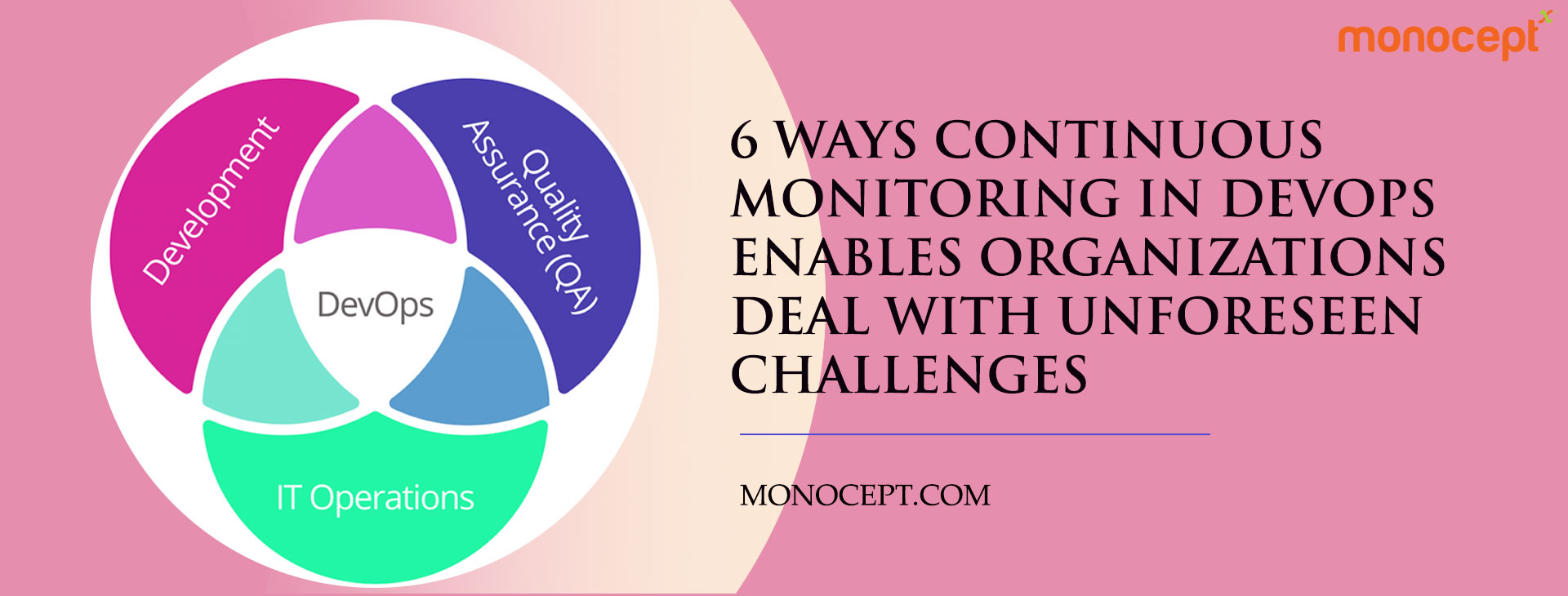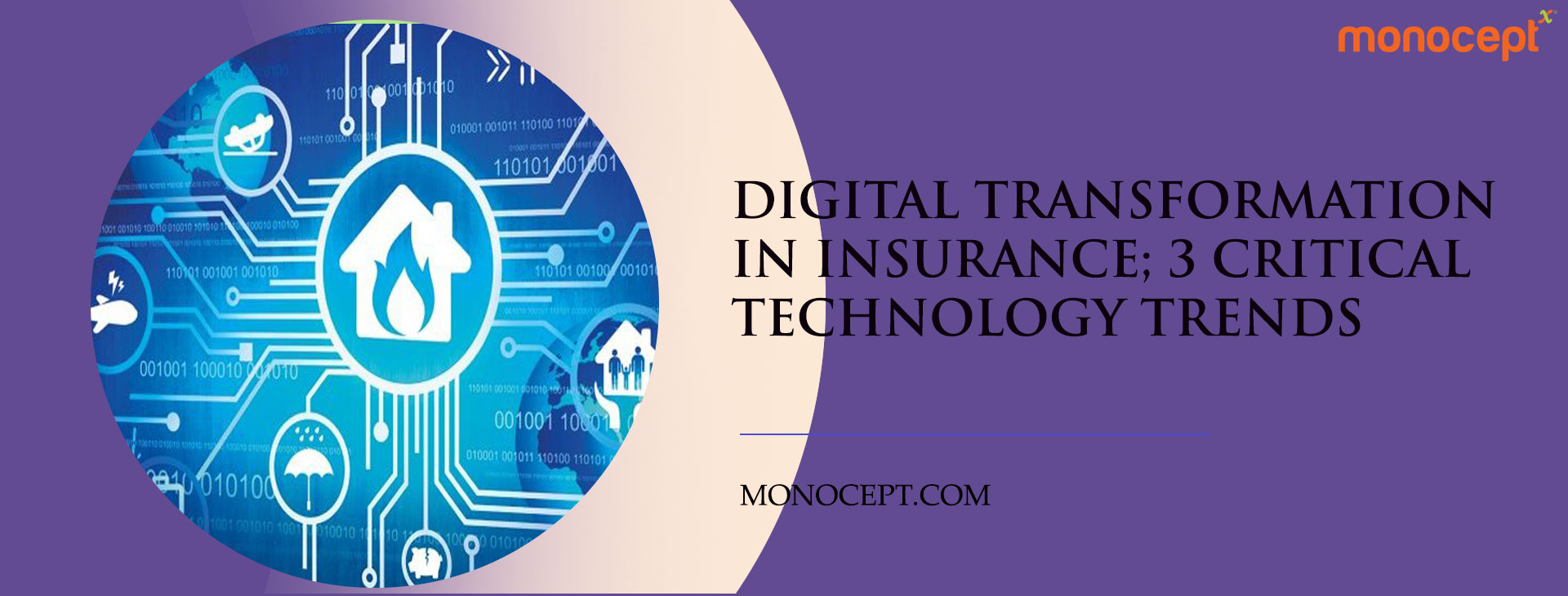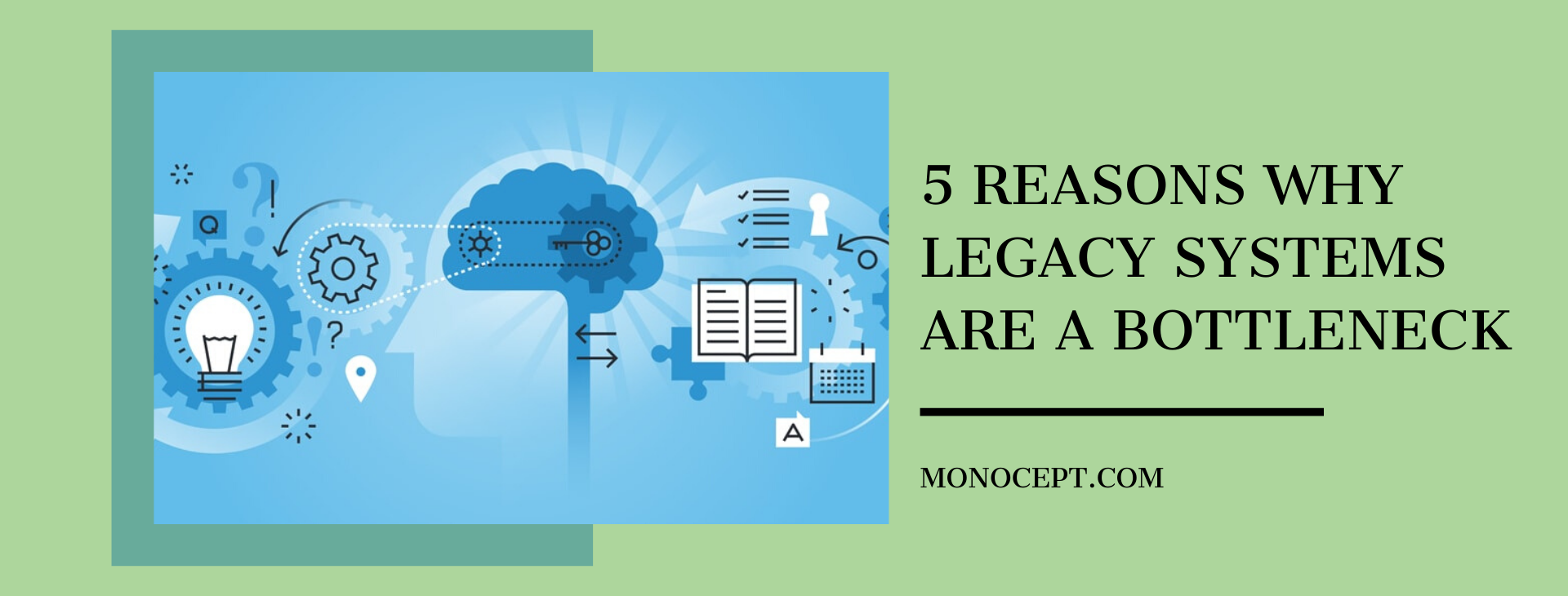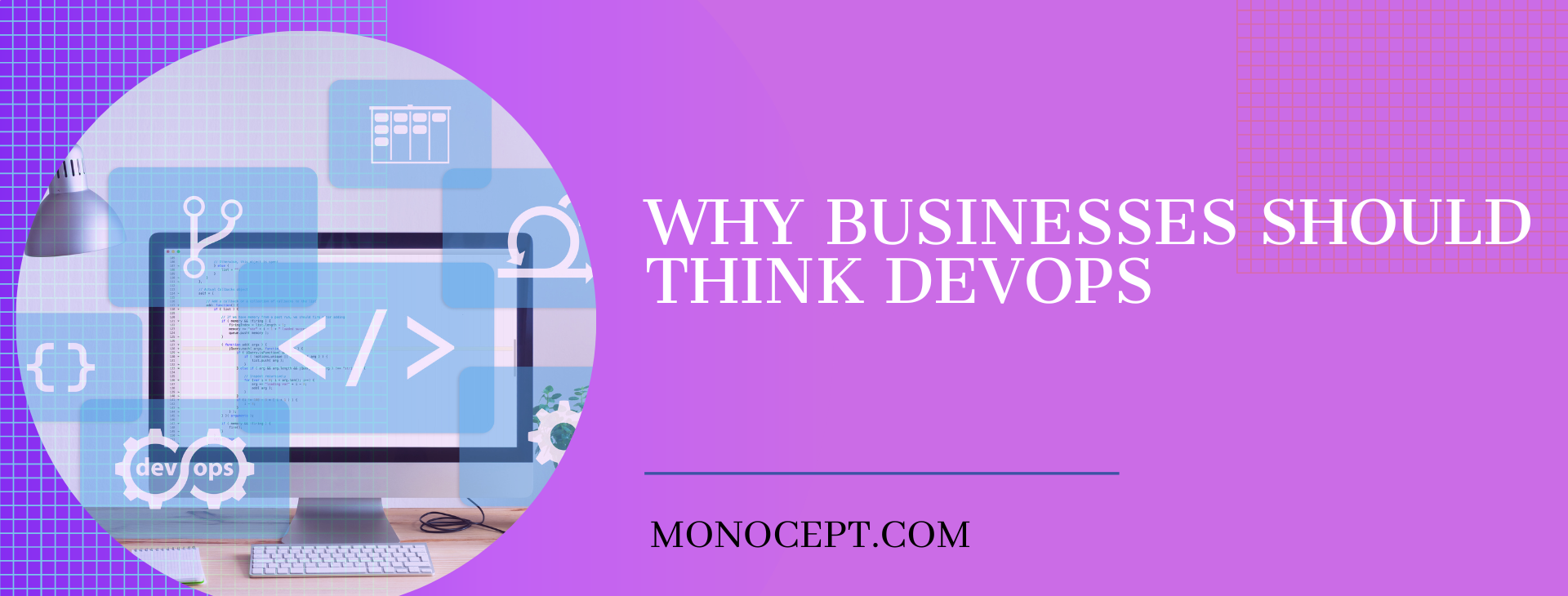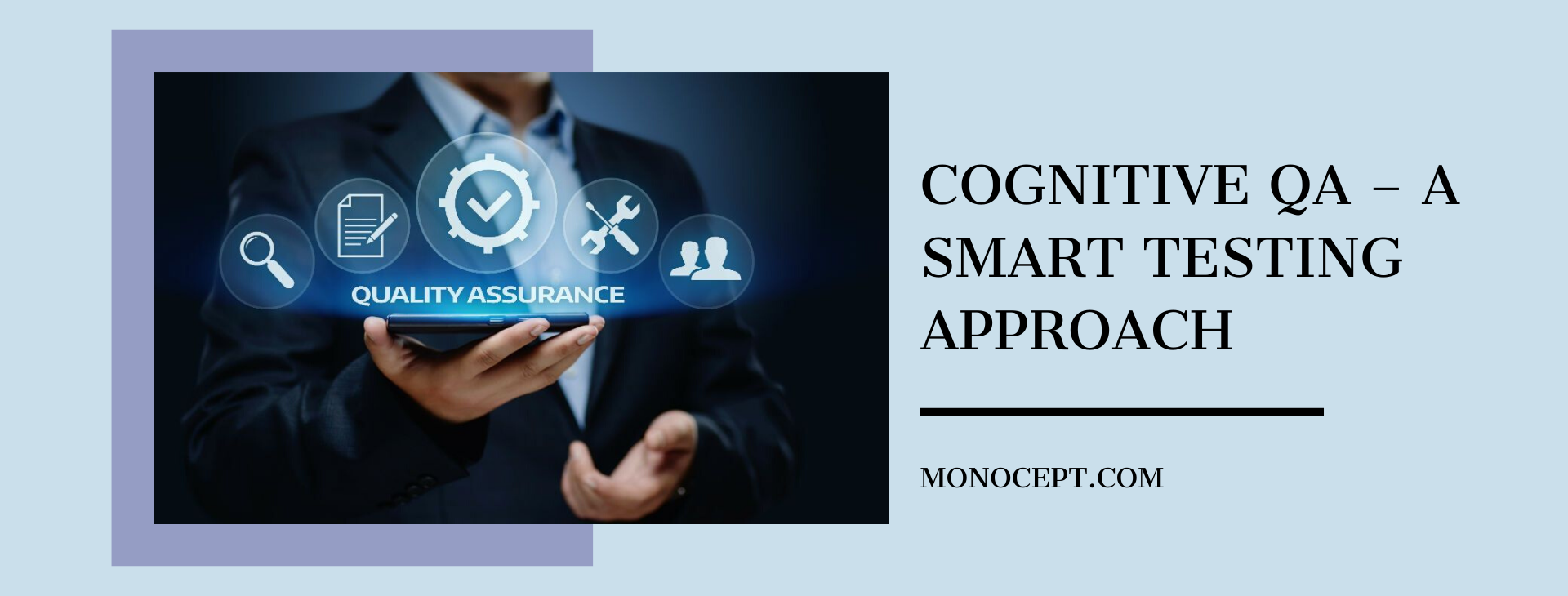6 Ways Continuous Monitoring in DevOps Enables Organizations Deal with Unforeseen Challenges
When working with DevOps methodology, companies often focus on ‘collaboration,’ ‘continuous testing,’ ‘integration, ‘automation,’ ‘continuous deployment,’ etc.
However, one key ingredient and perhaps the most essential is often overlooked – continuous monitoring. DevOps methodology creates the avenue to be more efficient and agile, which gains any business an edge in a highly competitive business environment. Unfortunately, the quicker the deployment pipeline accelerates, the higher the resistance encountered from growing ‘chaos’ formed due to the faster operational speed.
Therefore, even as automation and agile leadership principles control this chaos for continuous delivery, there are also higher chances of confusion in the production environment. Therefore, a successful DevOps implementation needs to take care of the risks of becoming the next bottleneck.
Without Continuous Monitoring and real-time visibility, it becomes difficult to achieve success with the DevOps implementation.
Yet, the majority of organizations overlook this vital aspect, which serves as protection against critical outages. The statistics further confirms it:
Over half of Fortune 500 companies suffer downtime of about 1.6 hours every week. This is about 83 hours a year of having systems and applications not working.
Over 98% of organizations stay that an hour of downtime requires more than $100,000
23% downtime that manufacturing businesses face originates from staff negligence and human error.
About 63% of financial businesses use a third-party monitoring tool to identify and recover from issues quickly.
- Over half of Fortune 500 companies suffer downtime of about 1.6 hours every week. This is about 83 hours a year of having systems and applications not working.
- Over 98% of organizations stay that an hour of downtime requires more than $100,000
- 23% downtime that manufacturing businesses face originates from staff negligence and human error.
- About 63% of financial businesses use a third-party monitoring tool to identify and recover from issues quickly.
All these points to the vitality of monitoring systems, applications, and resources in DevOps methodology.
What is Continuous Monitoring in DevOps?
At its core, Continuous Monitoring (CM), also called Continuous Control Monitoring (CCM), is an automated operation where DevOps personnel observe and detect security threats and compliance problems in all phases of the DevOps pipeline. Beyond the DevOps, Continuous Monitoring expands to the entire IT infrastructure. Therefore, Continuous Monitoring helps organizations detect, monitor, and study critical metrics and find ways to resolve them in real-time.
Benefits of Continuous Monitoring
1. Greater network visibility and Transparency
CM enables DevOps teams to achieve clarity on the IT infrastructure’s state through automated data collection and analysis. This ensures that DevOps teams can identify significant trends and resolve all possible outages in real-time.
2. Meaningful insights
The right CM strategy enables organizations to gain relevant insights and a clear picture of their business performance. Therefore, for many organizations, Monitoring becomes an active force against critical losses in revenue or credibility. DevOps consulting teams will also work alongside organizations regarding testing use cases and validating particular user journeys.
3. Identify and resolve issues quickly
CM implements an alert system that quickly notifies on all IT incidents, including minute issues. DevOps methodology relies on this process to ensure that the right people can implement timely and effective fixes. Moreover, because it does not depend on manual testing, it minimizes time spent on issues. Furthermore, timely response enables effective handling of functional stop-gaps or security threats, reducing damage and allowing quicker system restoration to optimal operational levels.
4. Improves user-experience
One of DevOps’ most critical activities is ensuring that your applications and resources perform well to meet your end-users’ needs. Continuous Monitoring allows timely identification and restorations while ensuring seamless communication between operations and the development team. It further provides that organizations can improve user-experience using production data.
5. Managing and maintaining applications
DevOps teams understand that applications must always be up, running efficiently, and improving over time. Continuous Monitoring enables organizations to keep up with market trends while maintaining seamless collaborations between operations and development teams.
6. Faster Deliveries
DevOps teams can use continuous Monitoring to make sure all changes or new updates do not hamper the health of databases, applications, and other resources. This is why it remains a critical center in the DevOps methodology. It is especially beneficial for developers and operations teams because they will have to perform a complete backtracking to determine root causes of all issues without it. Such practices only end up high time consumption every time we release an upgrade. The time and additional resources involved will be wasted every time; the root cause ends being a false alarm.
Concluding thoughts
Today’s business landscape is rapidly changing. With every tremendous IT advancement, organizations have the mandate to be proactive in mitigating production problems, application availability, and lots more. Continuous Monitoring is beneficial to DevOps teams, working with real-time data in public and hybrid environments. It also aids in implementing and fortifying various security measures such as root cause analysis, incident response, threat assessment, and computer and database forensics. It also enables general feedback on the overall IT setup health, including deployed software and offsite networks.
Finally, DevOps is a one-stop solution for every phase of the development cycle. With continuous deployments in DevOps, organizations must inevitably find and deal with issues before they become a significant disaster to avoid downtime.
What’s your Challenge? Let’s work together to solve it.



